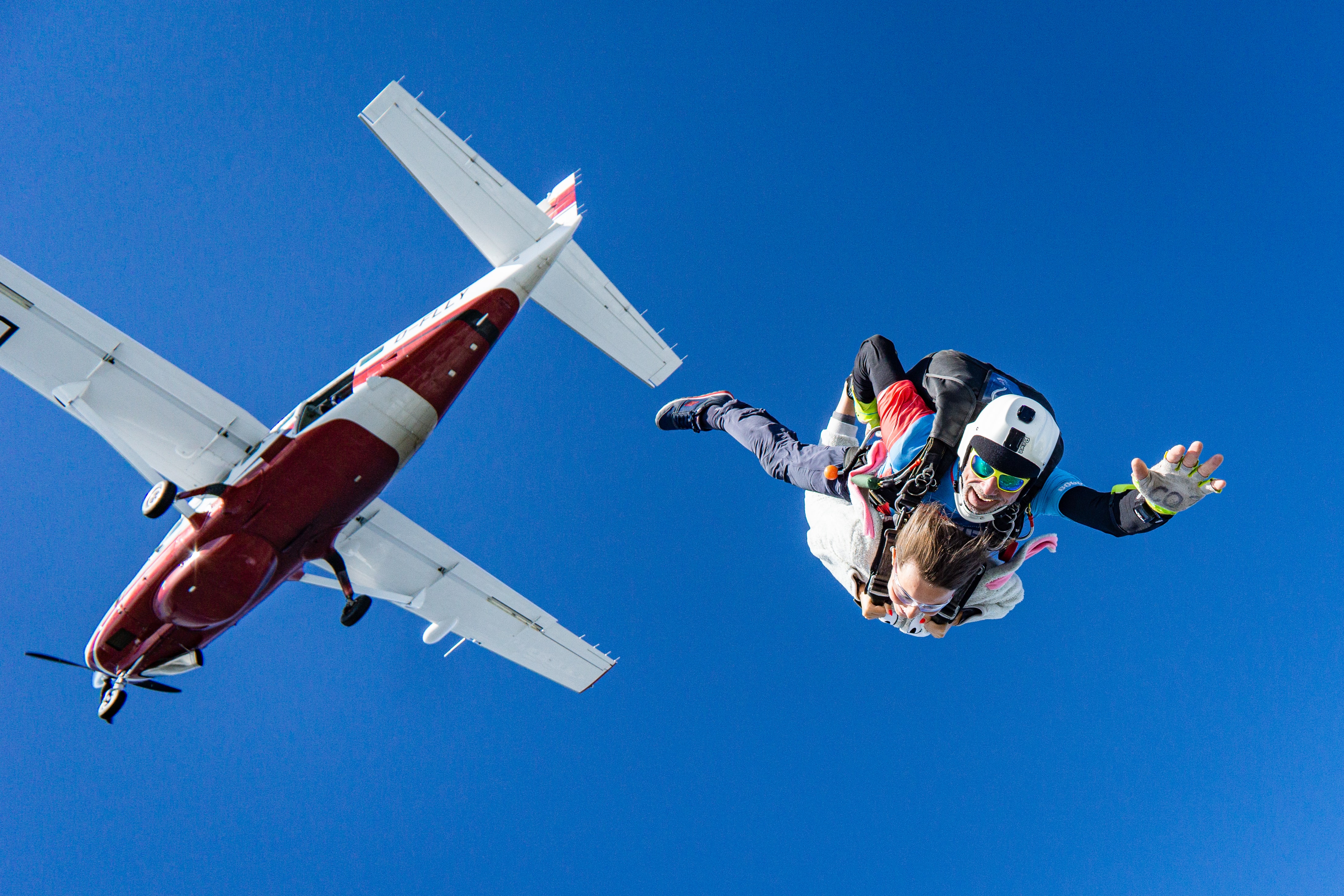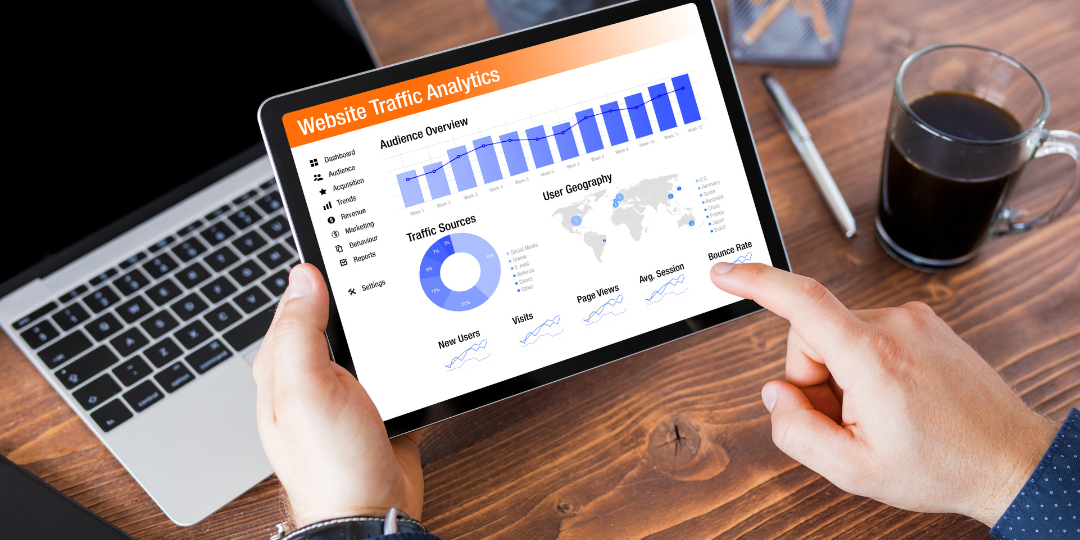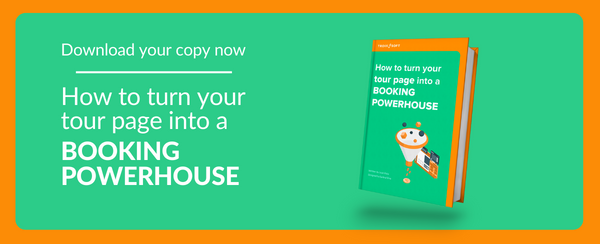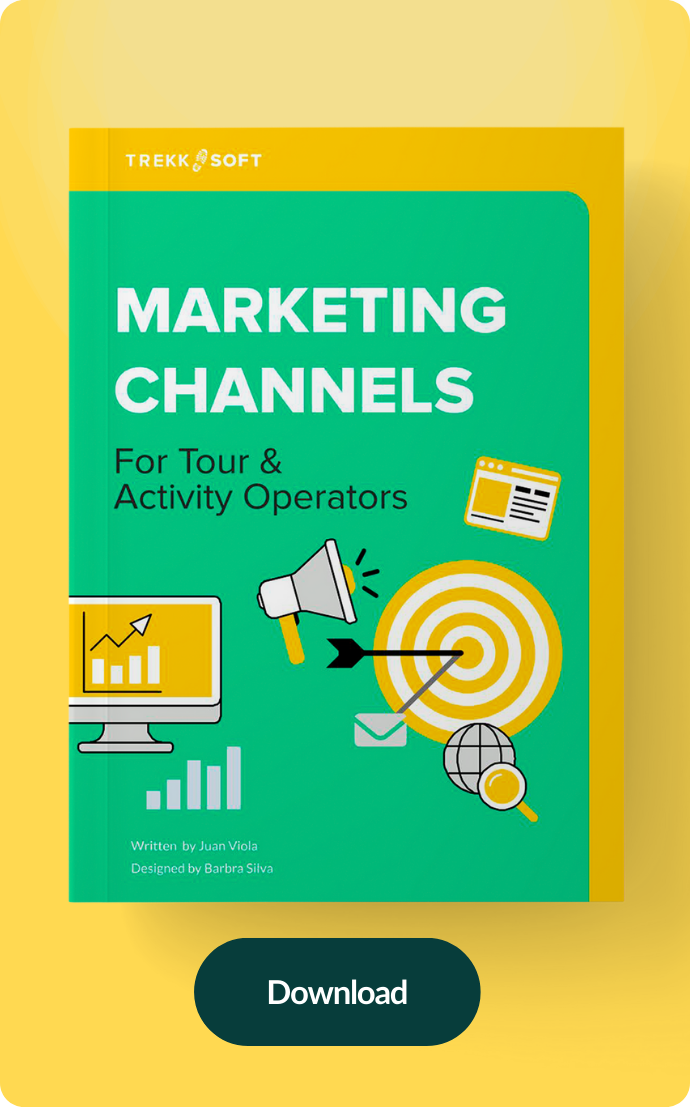Having a website for your tour and activity company can significantly impact revenue and has many other benefits: demonstrating authority, showing clients that you have a real business, providing customers with helpful information, and much more.
In this blog post, we'll share some conversion optimization tips to increase the benefits of it.
How website conversion optimization works
The main goal of this approach is to, instead of focusing on always bringing new traffic, get more out of the existing traffic you already have.
You can focus on different goals since the conversion rate is the percentage of visitors who completed a desired action on your website. It's not endless work, but to keep growing your conversions, you need to constantly improve what you offer.
Before you start updating your website, you need to calculate your current conversion rate percentage and how much you want to improve it. You can measure different actions that you want the customer to take, such as:
- Booking conversions
- Downloading a guide
- Social shares
- Secondary purchases
- Signing up for a newsletter
Think about a tour or activities you have offered for ten years; for example, some things have changed over the years, right? You might have added a few extra stops and altered the number of people per tour. Your website is no different.
The secret is to best satisfy your visitor's needs, and optimizations help generate the desired actions.
How do I know if my website has a good conversion rate?
To know your current conversion rate divide the total number of conversions by the total number of sessions. Let's say you want to see the conversion rate of bookings of your top-sales tours. To do so, calculate the number of bookings by the number of sessions on the tour page. If your bungee jumping tour gets 100 visitors and 10 of them book the jump, your conversion rate for that page is 10%.
A survey by Littledata showed that in August 2022, the average conversion rate for Travel was 0.3%. The same study showed that more than 2.2% is considered good, and more than 3.4% is excellent.
It revolves around different aspects, your industry, traffic channel, personas, and others. But the main goal is to measure what is working and what isn't.
Keep in mind that conversion rate shouldn't be the only metric you measure. A set of key performance indicators (KPIs) is vital for any growing business, you can read more about it on 6 key performance indicators (KPIs) for tour and activity providers.

Best practices for the tourism industry
When we talk about booking, we know that the customer journey usually doesn't happen in two clicks. Travelers first go through your website, tours, and other few pages before making the purchase. Your goal should be to deliver authority in the destination and activities you offer.
To optimize, it's common to choose the pages with the highest conversions—for example, the page with your most popular tour or activity. By selecting the high converting pages, you'll see the results of the updates faster.
You can also choose the highest value pages, for example, a pillar page for your winter activities. Or a page that is not performing well compared to the rest of the website. These pages can show a quick result.
To drive website conversion, here are some questions to ask yourself and tips:
What you're offering is worth the work?
This goes with different conversions that you can measure, such as downloading an e-book or purchasing activity. The customer wants to be sure that if they share their information, the content they are downloading is rewarding, same with the booking.
As a tour or activity provider, you need to make sure you're offering all the information they need before asking for information – it can be the itinerary; what's included in the tour; information about your team or guide, social proof (reviews, images, and videos) and any other relevant information for the travelers.
What is the purpose of the information you're sharing?
Filtering the relevance of the data is also a pivotal point in improving conversions. If you, for example, offer a skydiving jump, you need to include info about the jump height, the guest's minimum and maximum weight and height, and minimum age. Meanwhile, you don't need to share details about snacks or the jumpsuit brand.
Share information that offers value and that tourists are expecting to see. To learn other ways of building a stronger relationship with your customers, developing your brand voice and increasing brand awareness, check out Useful tips to build an effective distribution strategy for your tour company.
Are you being clear on the next step your customer should take?
A call to action (CTA) tells users what they can do next. You build that page for a reason, and not making it coherent to your visitors what they can do is a significant error. A clear CTA encourages your audience to take action. Make sure your message is straightforward, for example, "book your next adventure now" or "download your guide". Also, the CTA should stand out from the rest of the page - you can use different colors to draw attention and place it where it is visible.
Does the customer have doubts?
Here we're referring to building trust, so visitors have no second thoughts before booking with you. Let's use the skydive jump as an example again; since it's an adventure activity, customers might have many safety questions or even doubt the perfect weather to jump. Provide them with all the information and build trust in your business - you can add the number of jumps you have done, the years of experience, quality stamps, and real testimonials from customers, among others.
Is your customer getting distracted during their visit?
Minimize distractions, unnecessary product options, links, and additional information to increase your conversion rate. In the times of pop-ups, chatbots, and banners, sometimes, as a business owner and visitors, it is hard to say no to those extra "help". You don't want visitors to get frustrated or bored and not finish the action. To read more about giving an extra push in converting visitors into bookers, read 3 ways your website could be losing bookings.
Travelers are searching for good tours and activities, but offering excellent service is not enough. Customers are basing their purchases on many different aspects.
To improve conversions on your website, there are also some good practices that you should focus on, such as:
- Design: Are the colors, images, and videos you share with your customers of good quality? When a customer buys a tour, it's a service they will only be capable of using and testing when already at the destination. So give them a proper taste of how the activity will work.
Each tour or activity on your website should have at least eight high-resolution, professional-looking photos. Show the sites, the dishes, transportation, people having fun, and more. Also, try not to use stock photos to share authentic experiences. - Copy: Information needs to be accurate, direct, and friendly - not only on your main conversion page but through the website. Your "about us page", the blog content, home page, and social media should represent your brand and speak appropriately to your personas.
- Reviews: For everyone in the tourism industry, it's no novelty that you should always ask and incentive travelers to leave reviews. A study by TrustYou on the impact of review content on the booking behavior of digital natives showed that 83% of the digital natives say that reviews play an important or a very important role in booking decisions.
- Payment gateway and booking systems: An automated booking system can instantly confirm bookings upon payment and send confirmation emails with tour details. Communication through the sale process and offering a safe payment method can help decrease your cart abandonment rate.
To learn more about taking bookings and payments from your website, check TrekkSoft Booking Engine.
- Add options on your packages: To increase your booking value, you can add things that will make your offer more unique and a greater experience. It can be a photo package or a watch the sunset moment.
- Translate your website: If you offer tours in different languages, provide the information on your website in those languages.
- Pay attention to what customers are asking: If you're receiving emails or DMs with questions about safety measures, pick-up location, and additional options, then you should probably add those data on your webpage.

Getting started
To start optimization, tour and activity providers need first to understand their metrics. To identify areas of improvement and learn about your current traffic, use Google Analytics – it helps you track the actions your visitors took on your website, check where they left with bounce rate, loading speed of pages, and more.
Once you select the pages you want to improve conversion – we recommend starting with a few pages at a time; you will be able to check data regularly and begin making the modifications. With the proper practices, operators can easily reach the desired goal.
If you want to learn more about how to acquire tour and activity pages that convert visitors into customers. Read our resource focused on the tourism industry.


.png)

